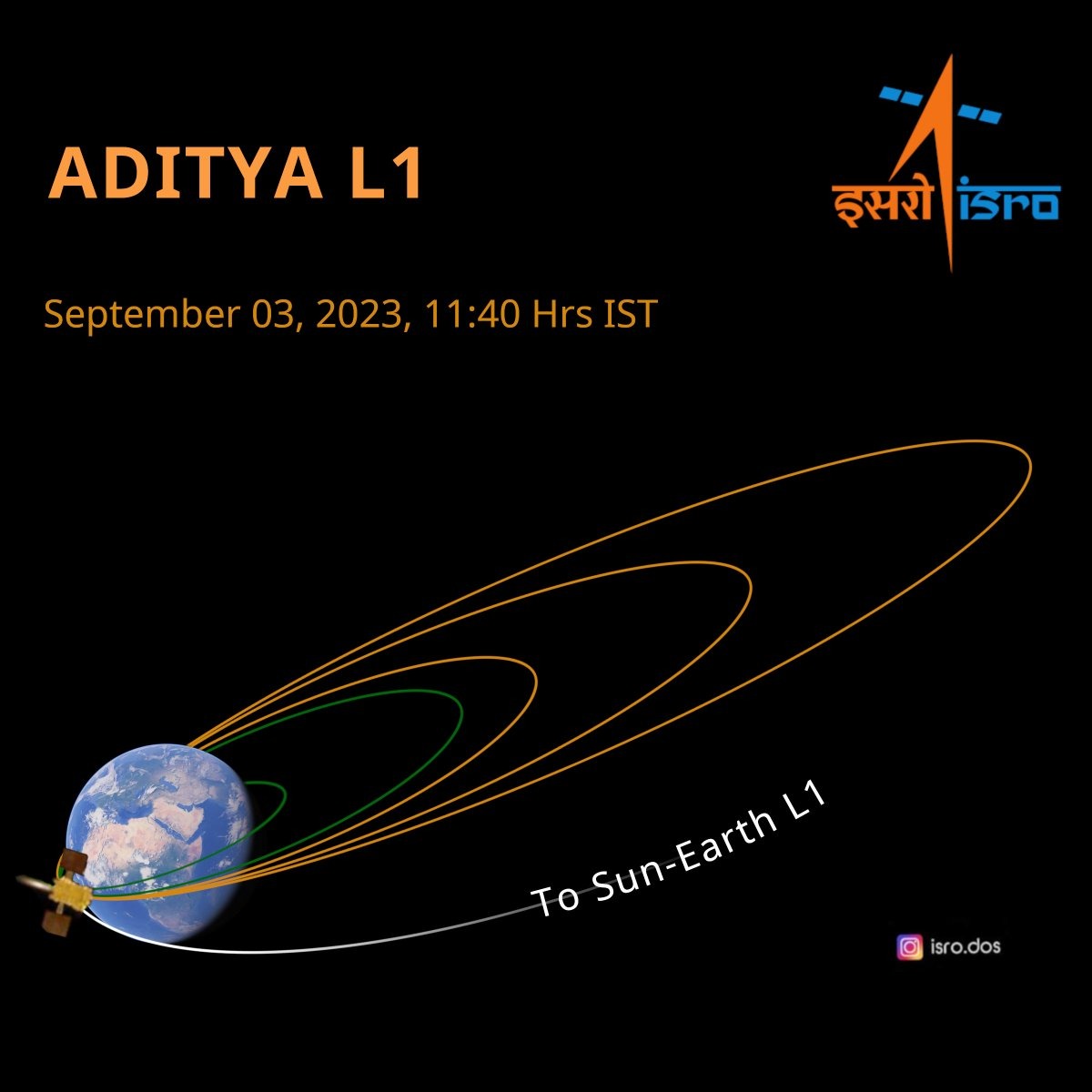
Just days after landing a spacecraft on the Moon's South Pole, India turned its attention to the Sun. On September 2, 2023, the Indian Space Research Organization (ISRO) successfully launched the Aditya-L1 spacecraft to study the fiery star.
The cube-shaped spacecraft will orbit Earth for about 16 days before beginning its 110-day journey to its final destination — the L1 Lagrange point. Located 900,000 miles (1.5 million km) away from Earth, it is an area in space where the gravitational forces of the Sun and Earth are in equilibrium. This will allow the Aditya-L1 to "park" there for an extended amount of time without using much fuel. The spacecraft will also get a clear, uninterrupted view of the Sun.
Once at L1, the spacecraft will unfold its wings. Fitted with solar panels, they will provide the Aditya-L1 with power. It will then deploy its seven scientific instruments, five developed by ISRO, and start monitoring the Sun.
The five-year-long mission aims to get insights into how solar winds, flares, and storms generate and evolve. It will also help researchers understand how the natural phenomena, which occur within the Sun's atmosphere, impact Earth and other planets like Mars and Mercury.

Aditya L-1 is not the only spacecraft attempting to unravel the Sun's mysteries from L-1. The Solar and Heliospheric Observatory (SOHO), a collaboration between the European Space Agency (ESA) and NASA, has been studying the star from the same location since 1996.
Resources: Space.com, isro.gov.in, Livescience,.com, CNN.com